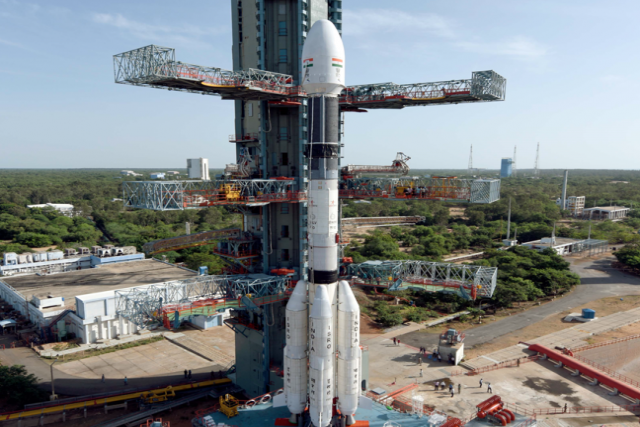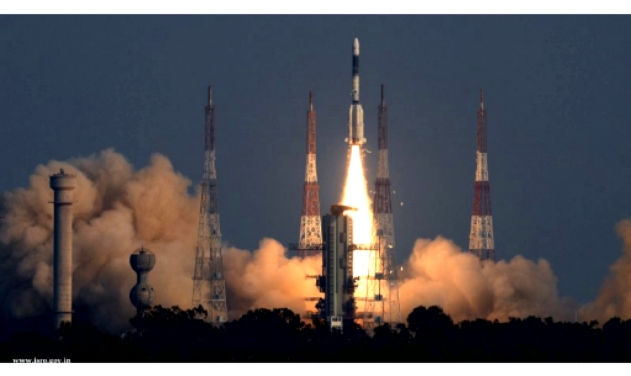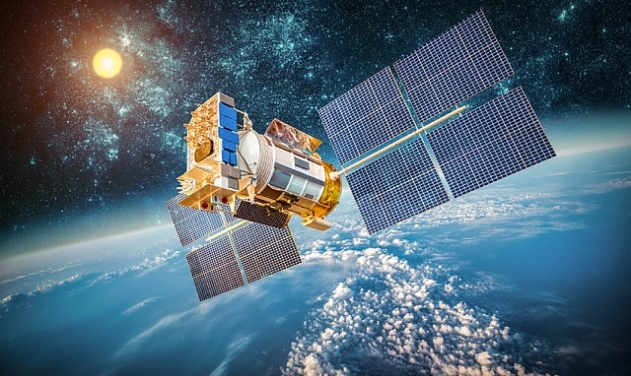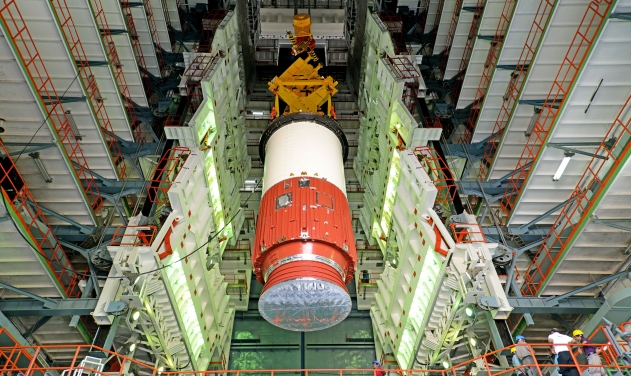India's Earth Observation Satellite Launch Mission Fails

The Indian Space Research Organization (ISRO) reported the failure of its launch of an Earth Observation Satellite after a successful lift off.
The Satellite was aboard the Geosynchronous Satellite Launch Vehicle (GSLV) from the Satish Dhawan Space Centre in eastern India on Thursday. The GSLV rocket was expected to place the EOS-03 satellite into a preliminary transfer orbit.
The EOS-03, part of the new generation of earth-observation satellites, was meant to provide almost real-time images of large parts of the country that could be used for monitoring of natural disaster like floods and cyclones, water bodies, crops, vegetation and forest cover. The Satellite has a mission life of 10 years.
“GSLV-F10 launch took place today at 0543 Hrs IST as scheduled. Performance of first and second stages was normal. However, Cryogenic Upper Stage ignition did not happen due to technical anomaly. The mission couldn't be accomplished as intended," ISRO posted on its official Twitter account on August 12.
Geosynchronous Satellite Launch Vehicle Mark II (GSLV Mk II) is the largest launch vehicle developed by India, which is currently in operation. This fourth generation launch vehicle is a three stage vehicle with four liquid strap-ons. The indigenously developed cryogenic Upper Stage (CUS) forms the third stage of GSLV Mk II. From January 2014, the vehicle has achieved four consecutive successes.













